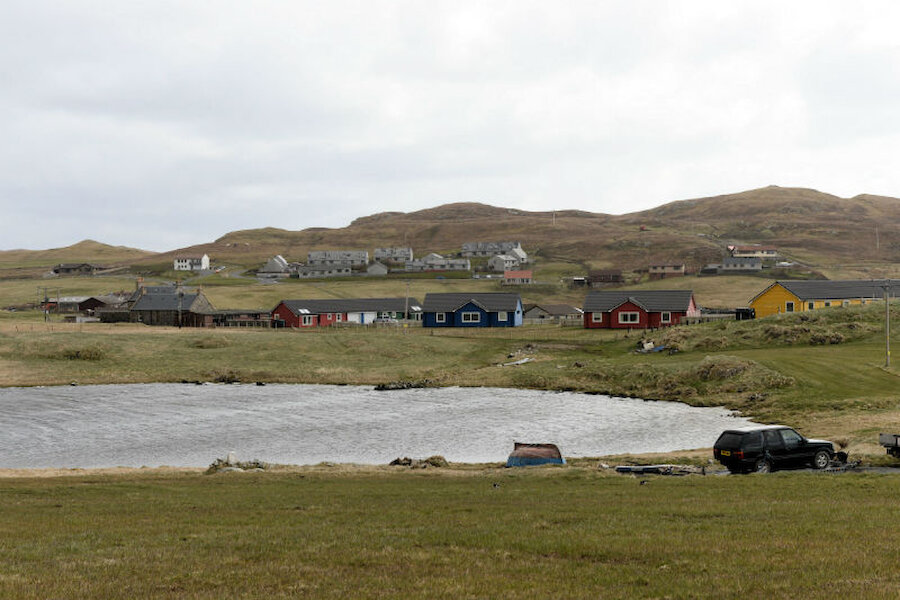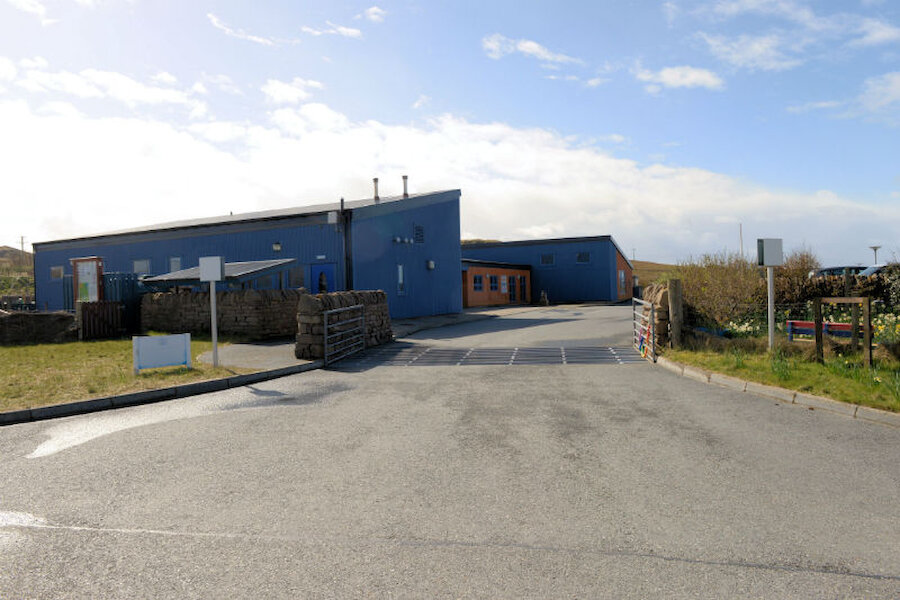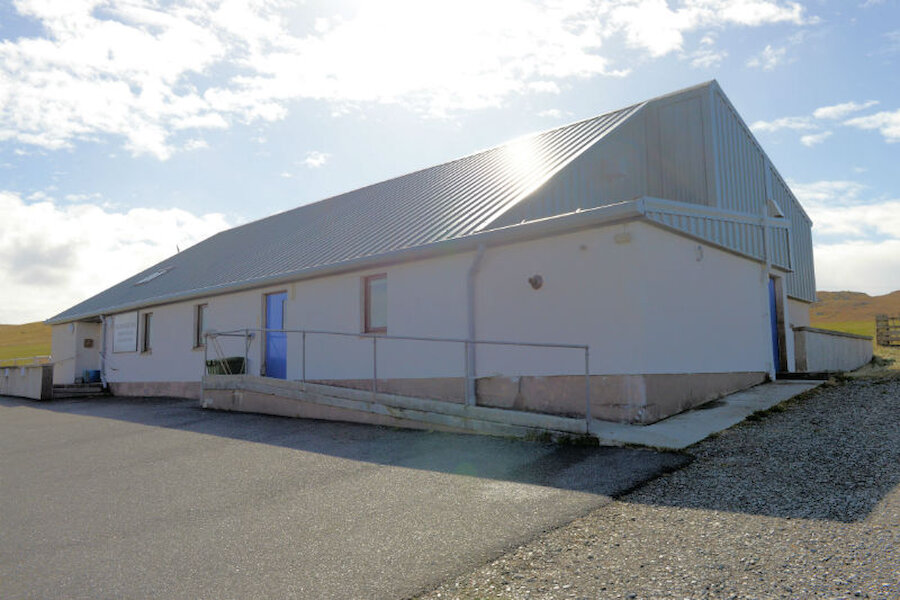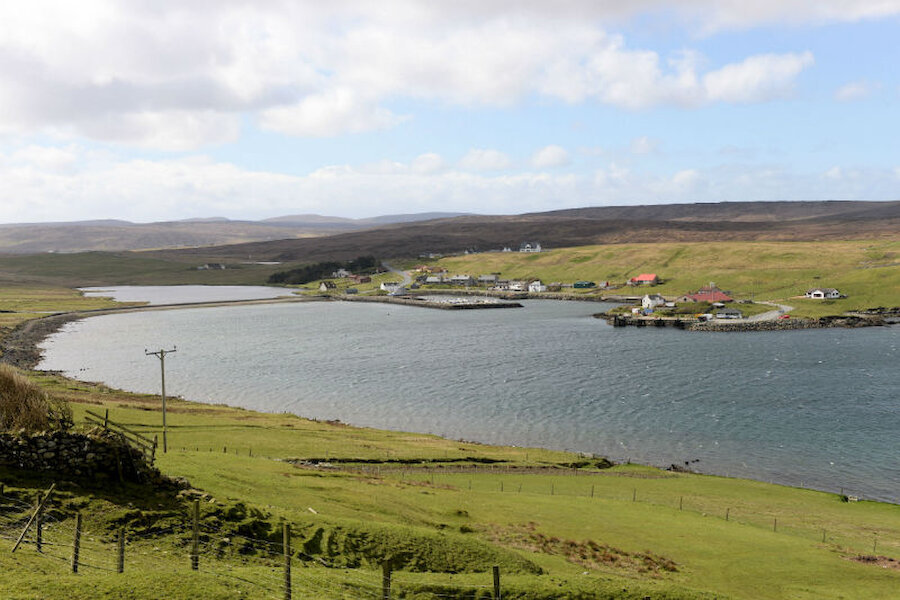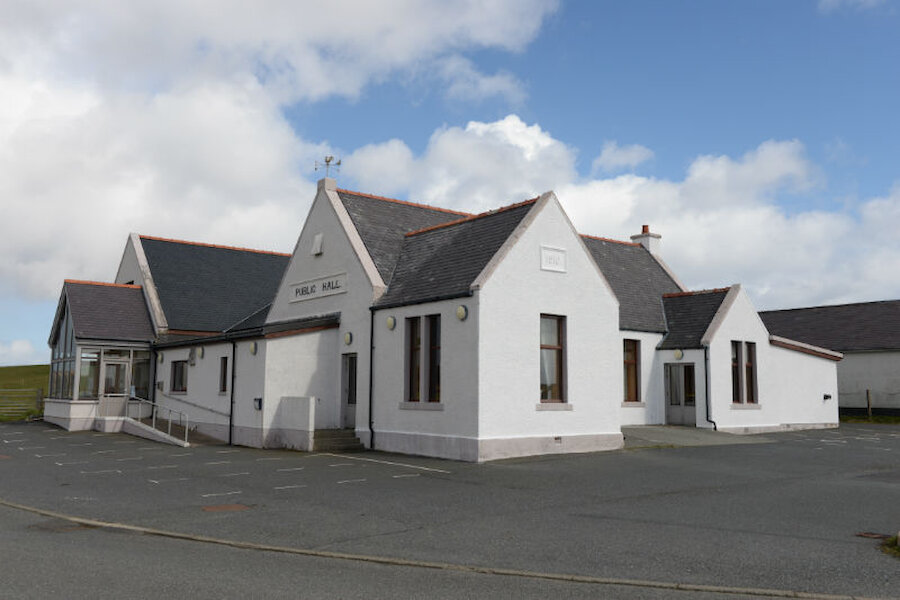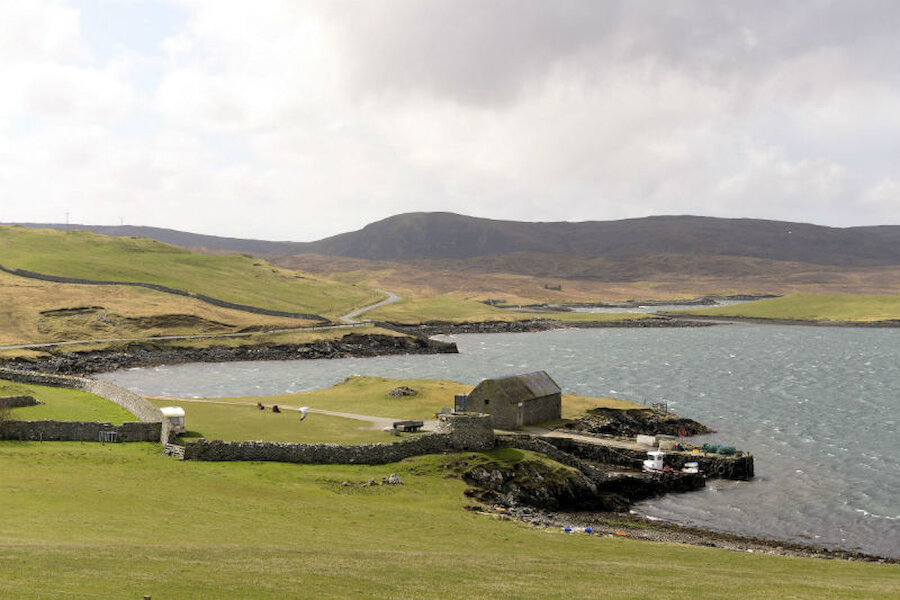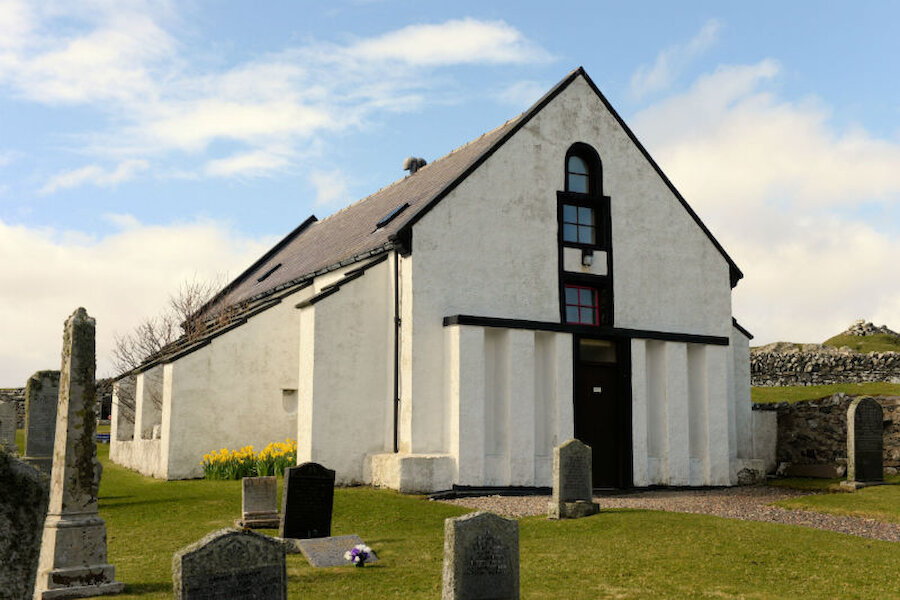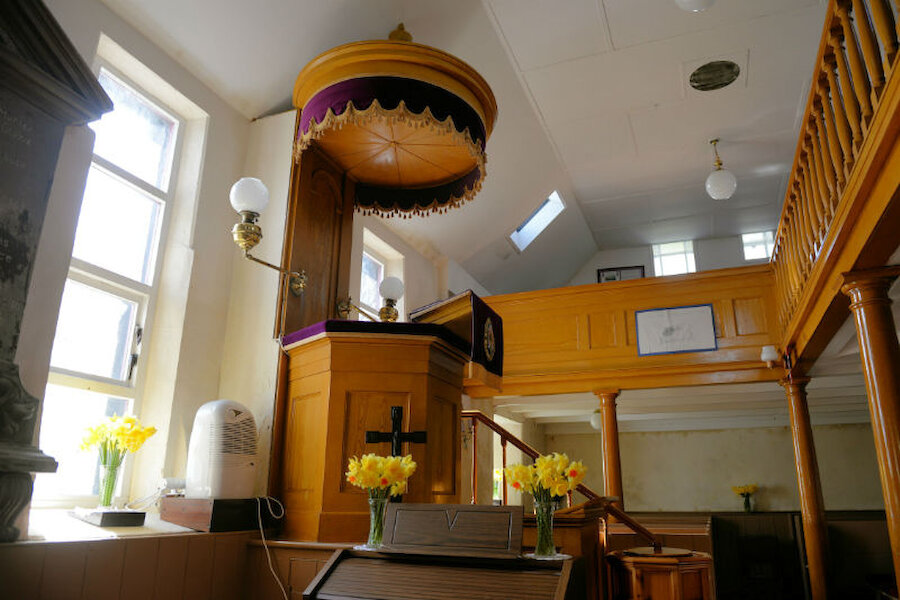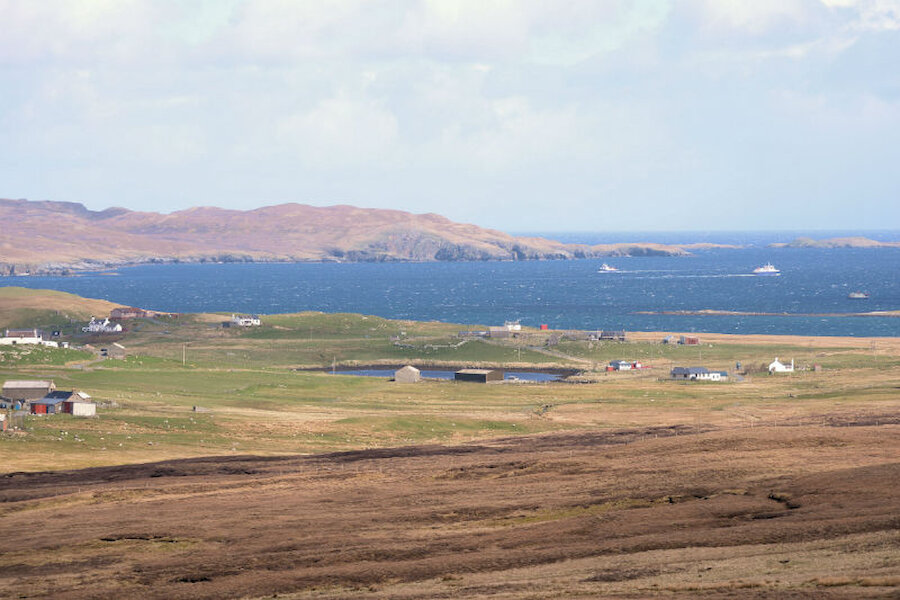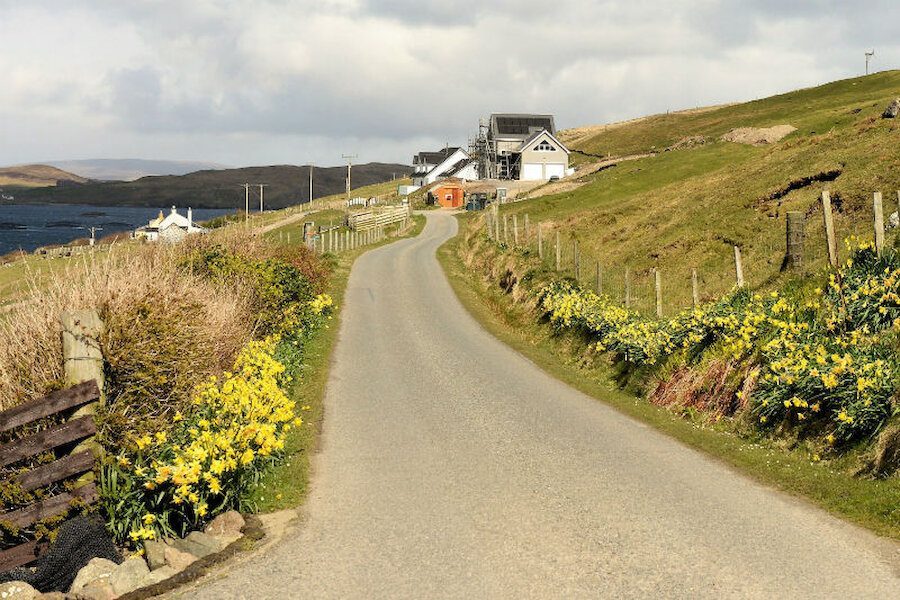Situated on the north-east coast of the Shetland mainland, Nesting and its northern neighbour, Lunnasting, are traditional crofting communities offering all the benefits of rural life but enjoying good access to the rest of the Shetland mainland and to the island of Whalsay.
Nesting has a varied landscape, with attractive coastal scenery, and it also boasts a number of lochs and intimate sea inlets. The area around Gletness, with its tiny islands just offshore, is particularly beguiling and the lochs offer good fishing. There is some agriculture on the lower-lying areas, with the higher moorland offering grazing for sheep, which they share with some Red Grouse.


